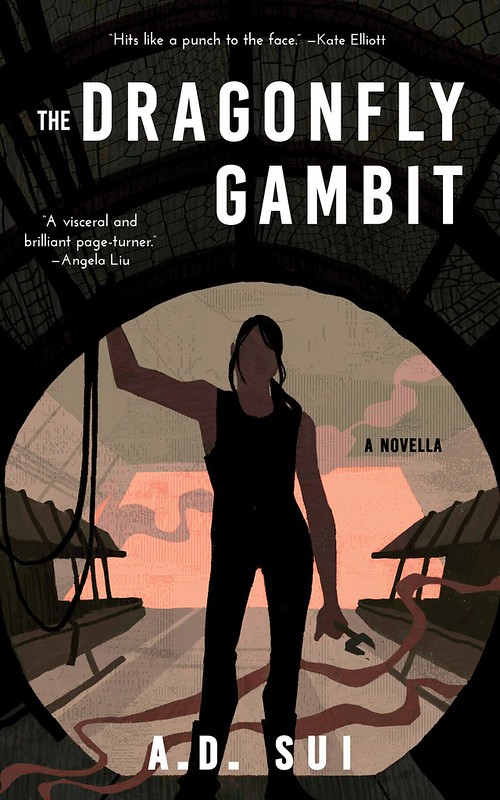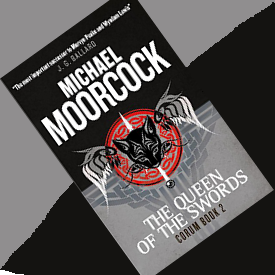
Author A.D. Sui knows about the day-to-day experience of navigating the world with a disability, and in The Dragonfly Gambit, she brings some of that experience in to the life of her characters. In this Big Idea, she explains why this was important to her, and what it brings to her characters to give them life (and spite).
A.D. SUI:
Disclaimer: in this post I’ll be focusing on depictions of physical disability as that’s something I have personal experience with. Your (or others’) experience with disability, whether it’s physical, sensory, or otherwise may vary, but I hope this post can still be a jumping point for discussion around disability portrayal in speculative spaces.
#
Imagining yourself as the protagonist of a sweeping epic is a universal experience. I’ve done it. You’ve done it. We’ve all closed our eyes at some point whether when were eight or twenty-eight and imagined what it would be like to save the day. Past heroes in Science Fiction & Fantasy spaces tended to come in a standard male able-bodied muscular configuration which left most of us out of this ubiquitous experience. What’s worse, these depictions could convince us that disabled folks were simply not meant to be the heroes of a story.
Modern SFF offers a broader variety of protagonists for us readers to imprint upon, especially disabled protagonists and heroes. However, when writing our own disabled characters who save the day, we may, unintentionally, shield them from their own disability. We can do this through 1) special powers or magic that the disabled protagonist wields which allow them to forgo the typical physicality expected of protagonists and heroes (e.g., magic can be used in combat from a distance) 2) placing them in a disability-normative world (e.g., disability is socially positioned as normal variation rather than a deficit) or 3) by situating them in environments where their disability plays a less limiting role (e.g., a non-ambulatory character in zero G).
Across the board, these protagonists are still capable, optimistic, and attractive (as many real-world disabled people are). While there is nothing wrong with using these narrative techniques. Often disabled authors want to create a world where they don’t need to deal with ableism and other discrimination. But these narrative approaches may also provide a “way out”; a means for authors to star a disabled protagonist without having to write about the messy nature of disability and the messiness of disabled bodies.
In The Dragonfly Gambit, I aim to create circumstances that yield well to discussions of class, gender, ethnicity, and how those intersect with disability. For example, and without too many spoilers, I illustrate how two characters with vastly different social status are treated following their injuries. I can also discuss how the visibility of a disability impacts the perception of a character’s attractiveness and their social capital, and how these concepts intersect with traditional feminine ideals…
The Dragonfly Gambit: Amazon|Bakka Phoenix
Author socials: Web site|Bluesky|Instagram|Twitter
Source: The Big Idea: A.D. Sui











Recent Comments